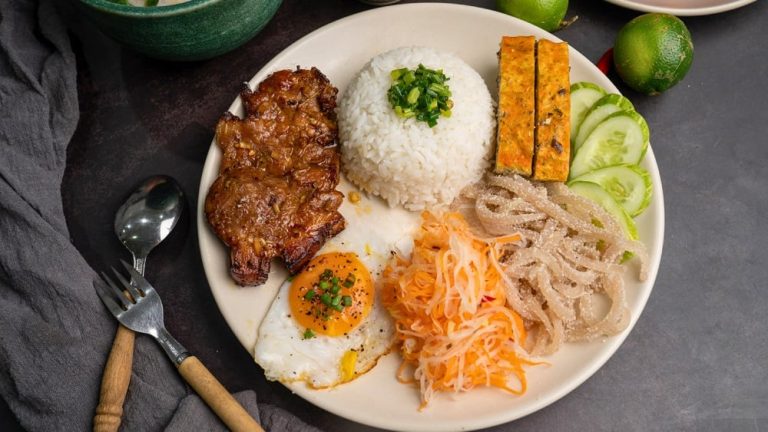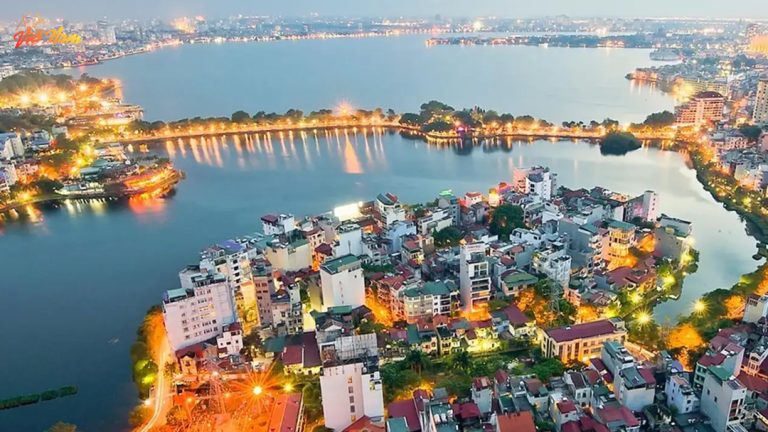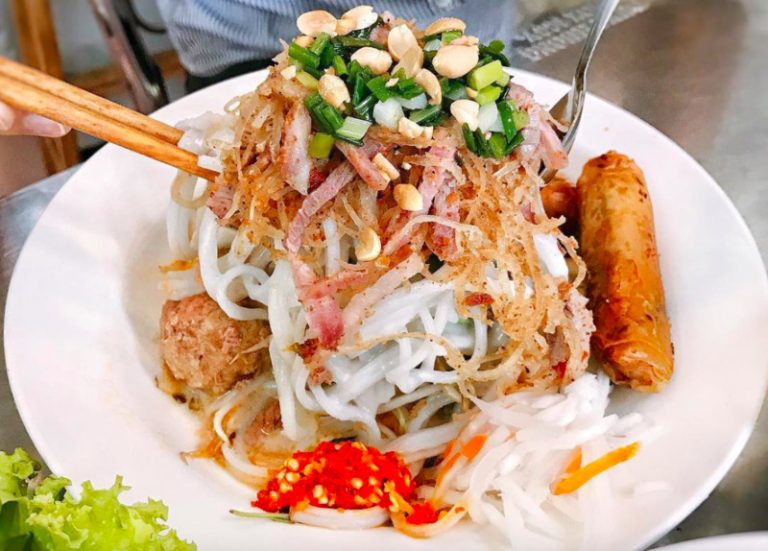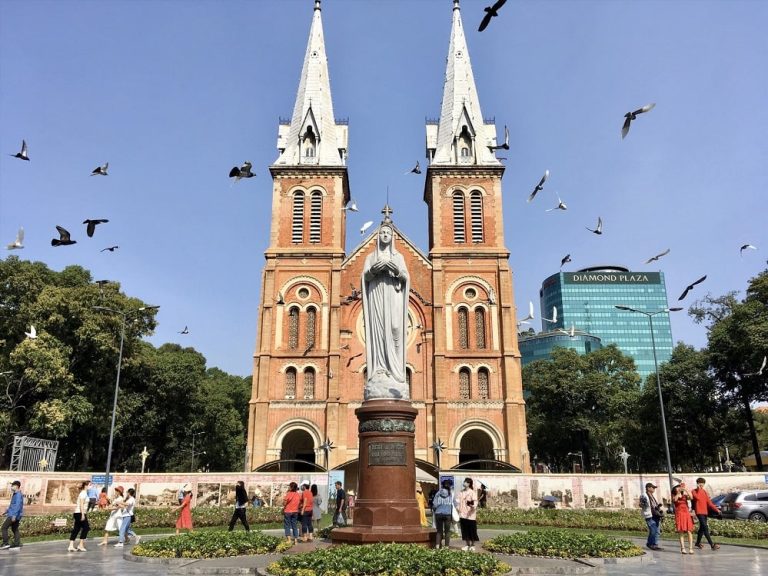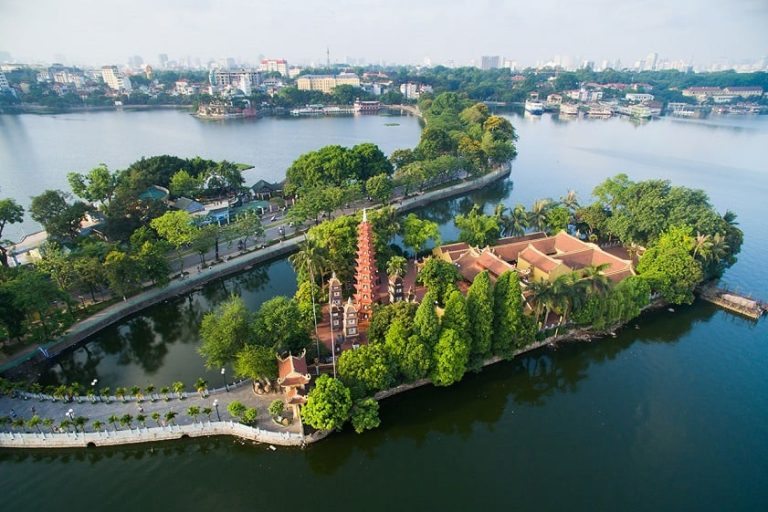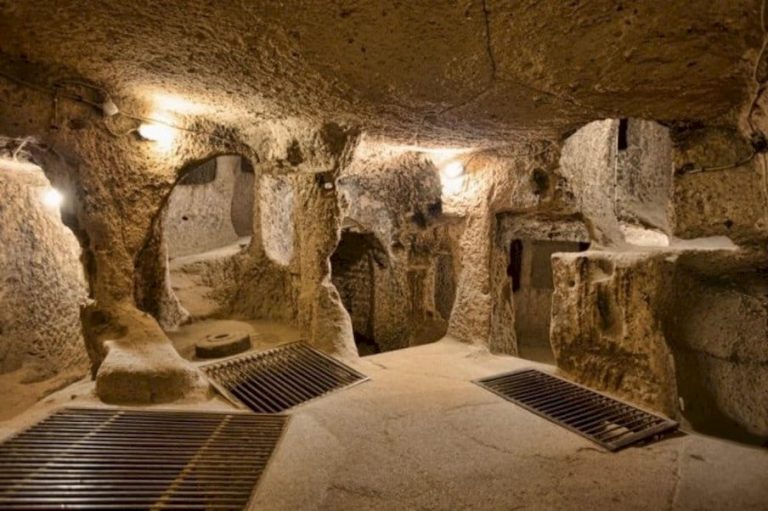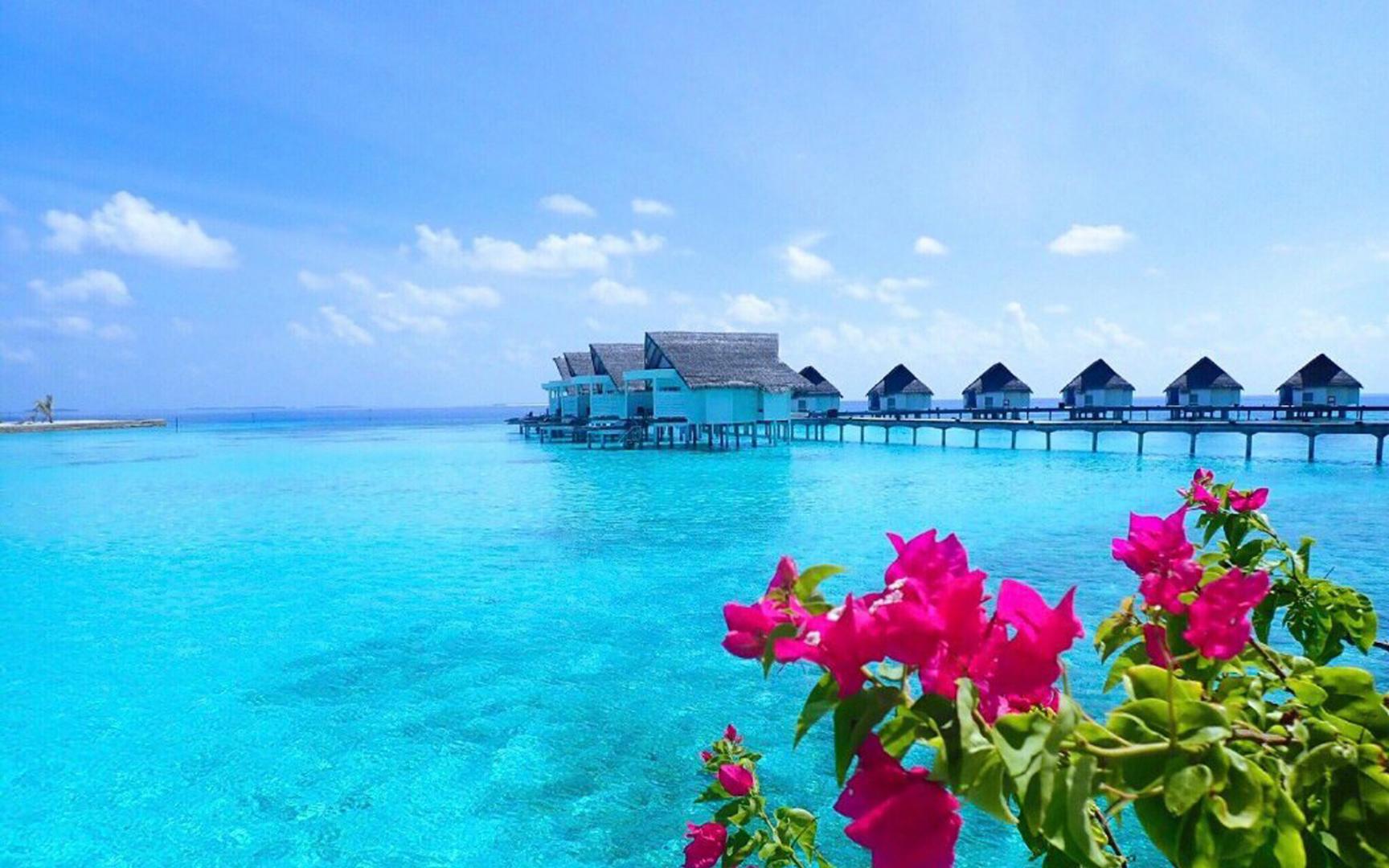

Why is the Mekong Delta well-known ?
The Mekong Delta is a fascinating mix of beautiful landscapes and rich cultural legacy, to put it succinctly. Often referred to as Vietnam’s Southwestern or Western region, the Mekong Delta is known for its stunning natural landscape, deeply rooted rice farming customs, and the complex web of waterways supported by the powerful Mekong River.
For travelers seeking an authentic Vietnamese experience, the Mekong Delta is an unmissable destination. It’s a realm where traditional village life unfolds along vibrant waterways, bustling floating markets offer a glimpse into local commerce, and the region’s culinary delights tantalize taste buds, all at remarkably accessible prices. To truly understand what the Mekong Delta is famous for, let’s explore its key attractions.
1. Understanding the Mekong Delta Essence
To understand what is the Mekong Delta famous for, one must first understand its geographical location.
Geographical location
Locally known as “Mien Tay,” the Mekong Delta encompasses the expansive, fertile floodplains of the Mekong and Cuu Long rivers, interconnected by a complex system of waterways.
This region spans twelve provinces and one major city: Can Tho, An Giang, Tien Giang, Kien Giang, Hau Giang, Long An, Tra Vinh, Soc Trang, Dong Thap, Vinh Long, Bac Lieu, Ca Mau, and Ben Tre.
Covering approximately 40,600 square kilometers, the Mekong Delta is a pivotal agricultural zone in Vietnam.

Terrain and Climate
Because to alluvial deposits and varying water levels, the delta’s terrain is mostly flat. Fertile saline and alluvial soils are the result of the river and sea’s dynamic interaction. The average elevation of the area is between 0.5 and 1.2 meters above sea level.
The Mekong Delta has a tropical environment with high humidity levels all the time. The two primary seasons of the climate are the dry season (November to April) and the rainy season (May to October). The area is vulnerable to powerful storms and typhoons during the rainy season, which can result in extensive flooding and serious damage.
The Mekong Delta continues to be an important agricultural hub and a popular tourism destination in spite of these climate difficulties.
2. What is Mekong Delta known for ?

- Warm Hospitality: The inhabitants of the Mekong Delta are renowned for their welcoming nature, consistently extending assistance to visitors. Their strong sense of community is deeply rooted, shaped by the region’s unique landscape.
- Cultural Tapestry: The cultural fabric of the Mekong Delta is intricately woven with its agricultural practices. Given the region’s extensive river systems, life is inextricably linked to water. The delta is celebrated for its distinctive rice farming traditions, lively floating markets, and specialized agricultural techniques.
- Scenic Landscapes: The landscape of the Mekong Delta is dominated by vast rice fields, creating a predominantly verdant panorama. The region’s reliance on waterways is evident in its boat traffic, floating residences, and river-based markets. The delta presents a captivating contrast between bustling urban centers, where commercial activity thrives, and serene rural areas, where water buffalo graze in rice paddies.
- Culinary Delights: The cuisine of the Mekong Delta offers a unique fusion of flavors, influenced by Cambodian and Thai culinary traditions. The region’s abundance of freshwater seafood, tropical fruits, and vegetables contributes to a diverse culinary scene. A hallmark of Mekong Delta cuisine is the use of fermented fish sauce, which imparts a rich, savory depth to many dishes.

